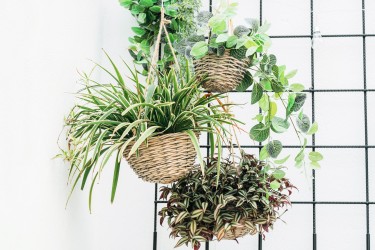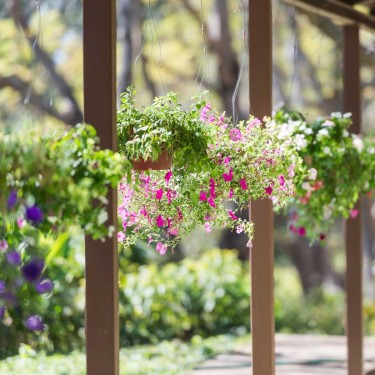Plant propagation is a cost-effective way to create more plants. Experts say you're likely to have success with these 10 plants.
Every editorial product is independently selected, though we may be compensated or receive an affiliate commission if you buy something through our links. Ratings and prices are accurate and items are in stock as of time of publication.
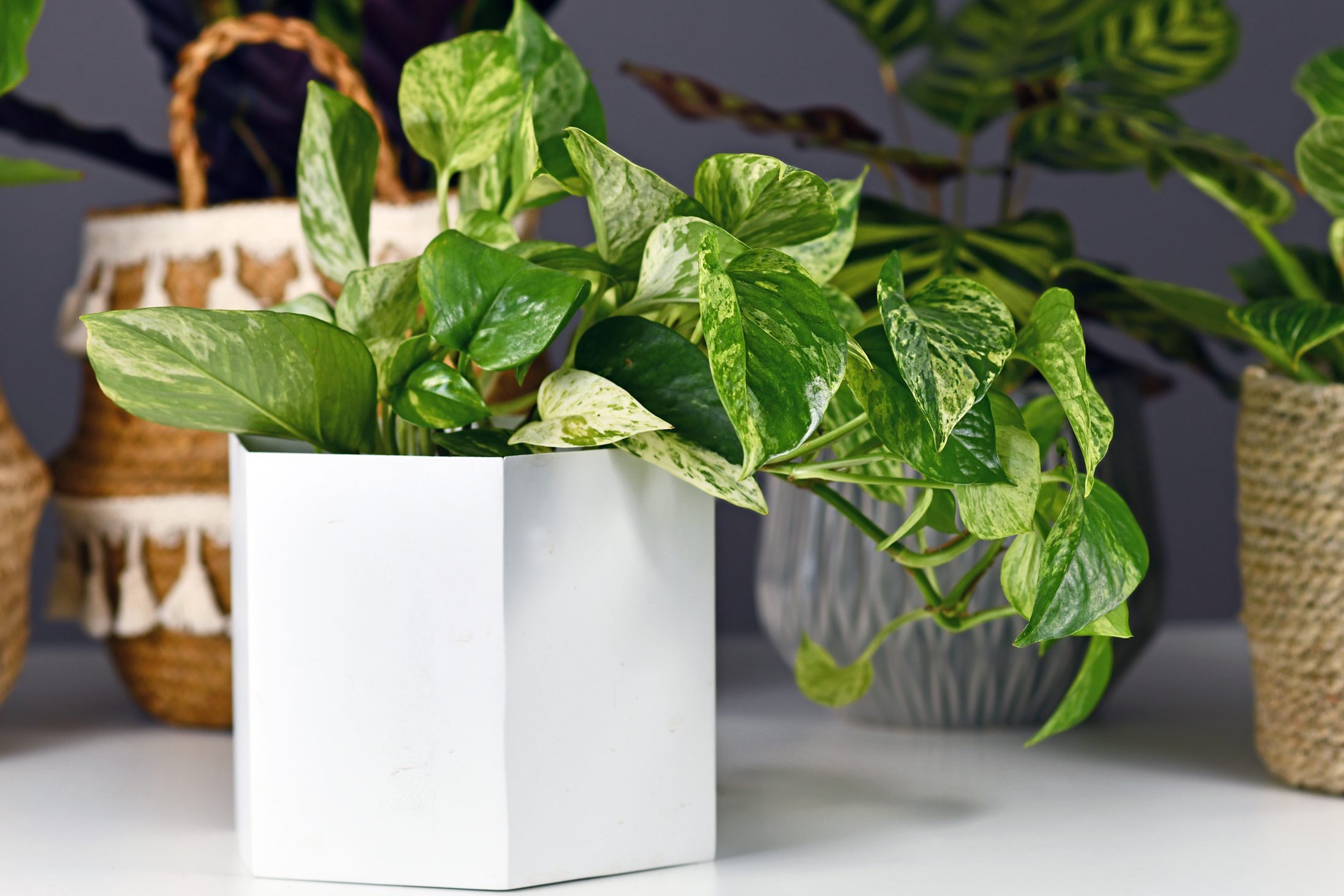
Pothos
Often hailed as the easiest plant to propagate, pothos is great for first-timers. This beautiful trailing vine can be propagated through stem cutting, one of the most common forms.
“To make a stem cutting, choose a section of stem containing at least two leaves,” says Stephanie Turner, a horticulture agent with Clemson Cooperative Extension. “Make a clean cut right above a leaf with a sharp pair of scissors or clippers. Insert the stem of the cutting in water or moist growing medium promptly.”
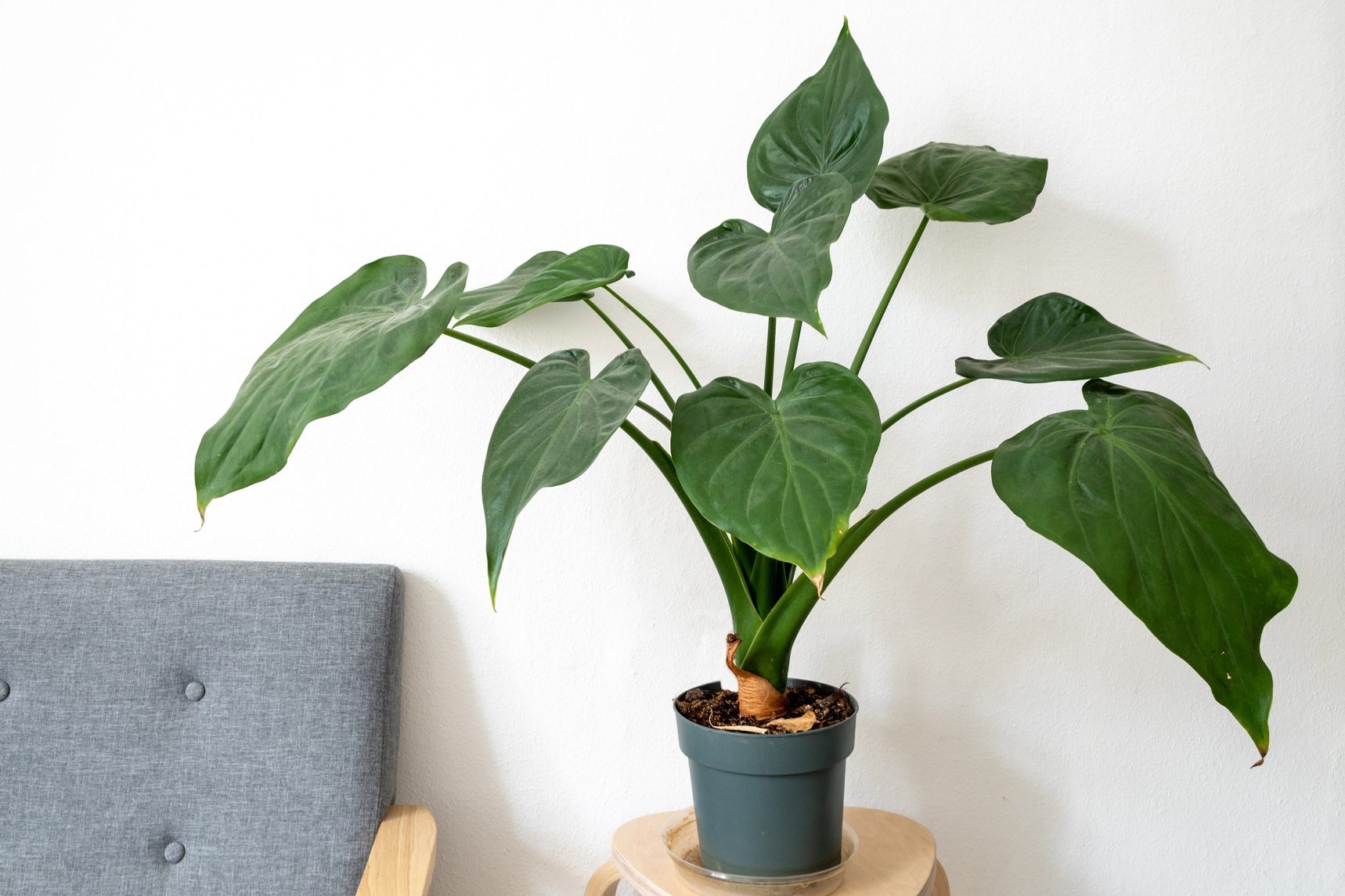
Philodendron
Philodendron, a glossy green foliage plant, is easy to propagate thanks to its hardiness and tolerance. It also takes well to stem cutting, so follow the same steps as propagating pothos.
For maximum results, Aaditya Bhatta, founder of Plants Craze, says, “Looking out for a healthy stem is essential.” Healthy stems are generally full, bushy and green; unhealthy stems take on shades of brown, black, gray-brown or reddish tints. Luckily, philodendrons grow fast, letting out new roots every two to three weeks.
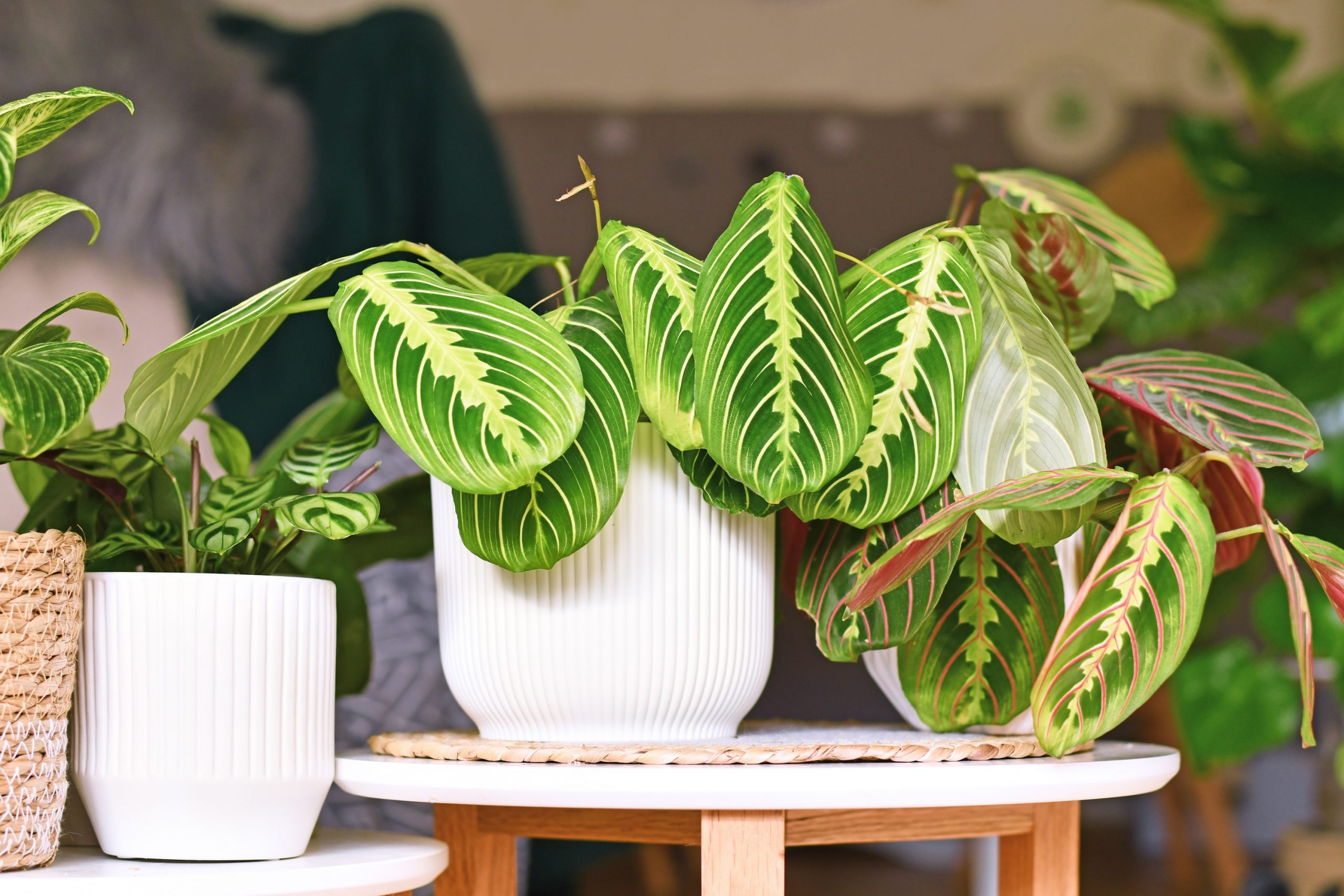
Prayer Plant
Prayer plant is another good choice for stem cutting. This low-growing tropical plant follows the same process as pothos and philodendron.
“Ensure none of the leaves are under water because they will rot and cause bacteria to grow,” says Em Shipman, executive director of KidsGardening.
“Place in a bright, warm location, replace the water once a week, and sit back and watch for roots. Depending on the plant species, they will usually appear in about two to four weeks. When the roots are about an inch long, the rooted cutting can be planted in potting soil.”
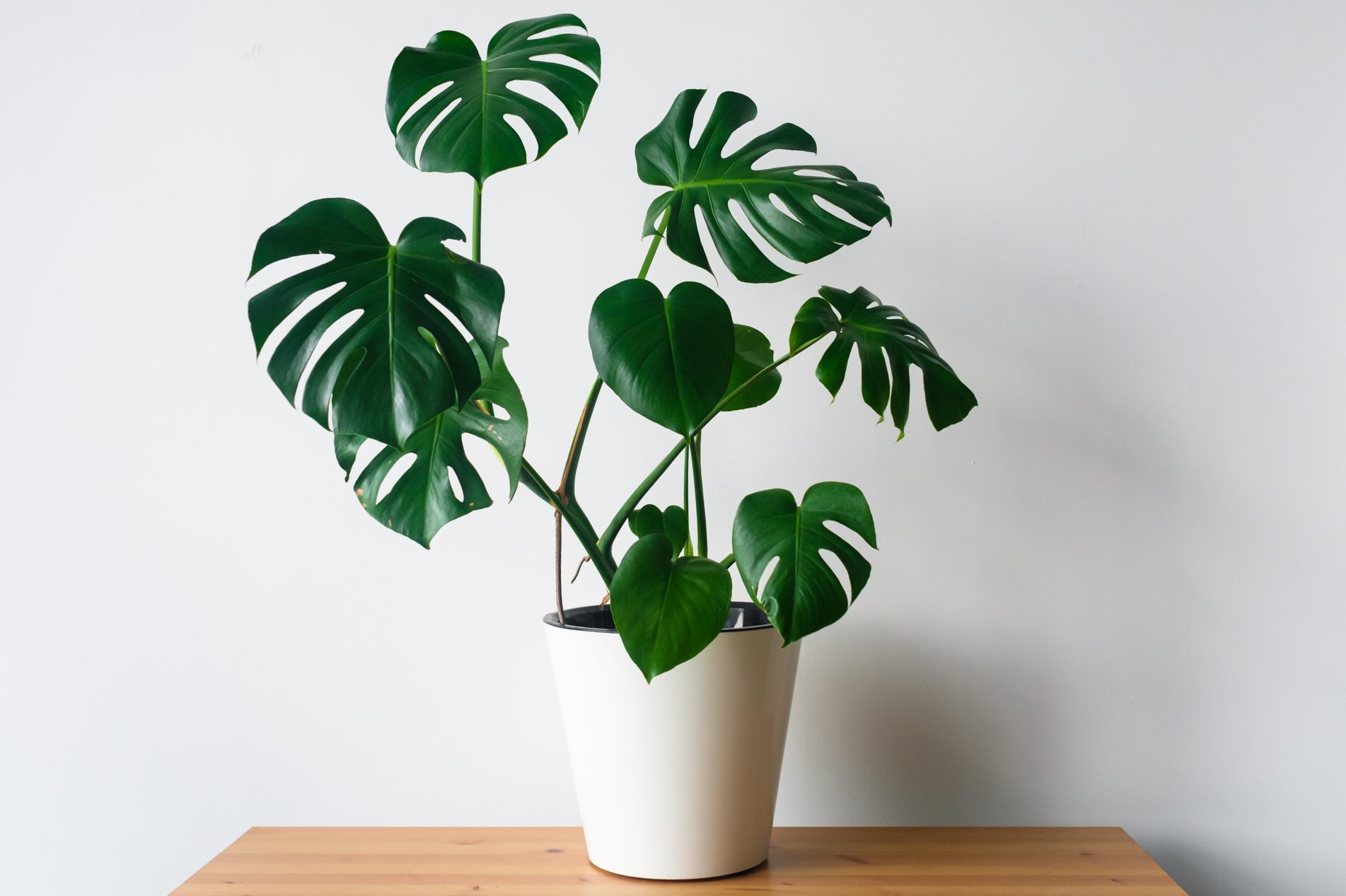
Monstera Deliciosa
Another stem cutting favorite is Monstera, a species of tropical vines and shrubs that favors moisture and propagates well in water or potting mediums. To successfully propagate Monstera, among other varieties, Shipman says cleanliness is key.
“With all types of propagation, you are creating a wound that is susceptible to infection from fungus or bacteria,” she says. “Be careful to use clean, sharp snips when taking cuttings. Sharp blades will make a clean cut where dull blades can damage the stem or leaf. Prior to cutting, snips can be cleaned with household rubbing alcohol to remove any bacteria from the blades.”
To propagate, follow the stem cutting process detailed earlier.

Rubber Plant
Rubber plant, a large, flowering tree, can be propagated through a method called air layering (AKA girdling) the stem.
“To girdle the stem, two slight incisions are made all the way around the stem spaced about an inch apart,” Turner says. “Then a third cut is made to join the first two and the bark can then be peeled away. Wrap the wound with moist sphagnum moss. Cover the moss tightly with plastic wrap to seal in the moisture, and tape it securely in place letting no moss poke out from the wrap.”
Keep the air layering in an area with bright sun exposure, a few feet away from a window. Roots will shoot out from the cut in about two to three weeks. The air layered portion will be ready to cut off in about two to three months.
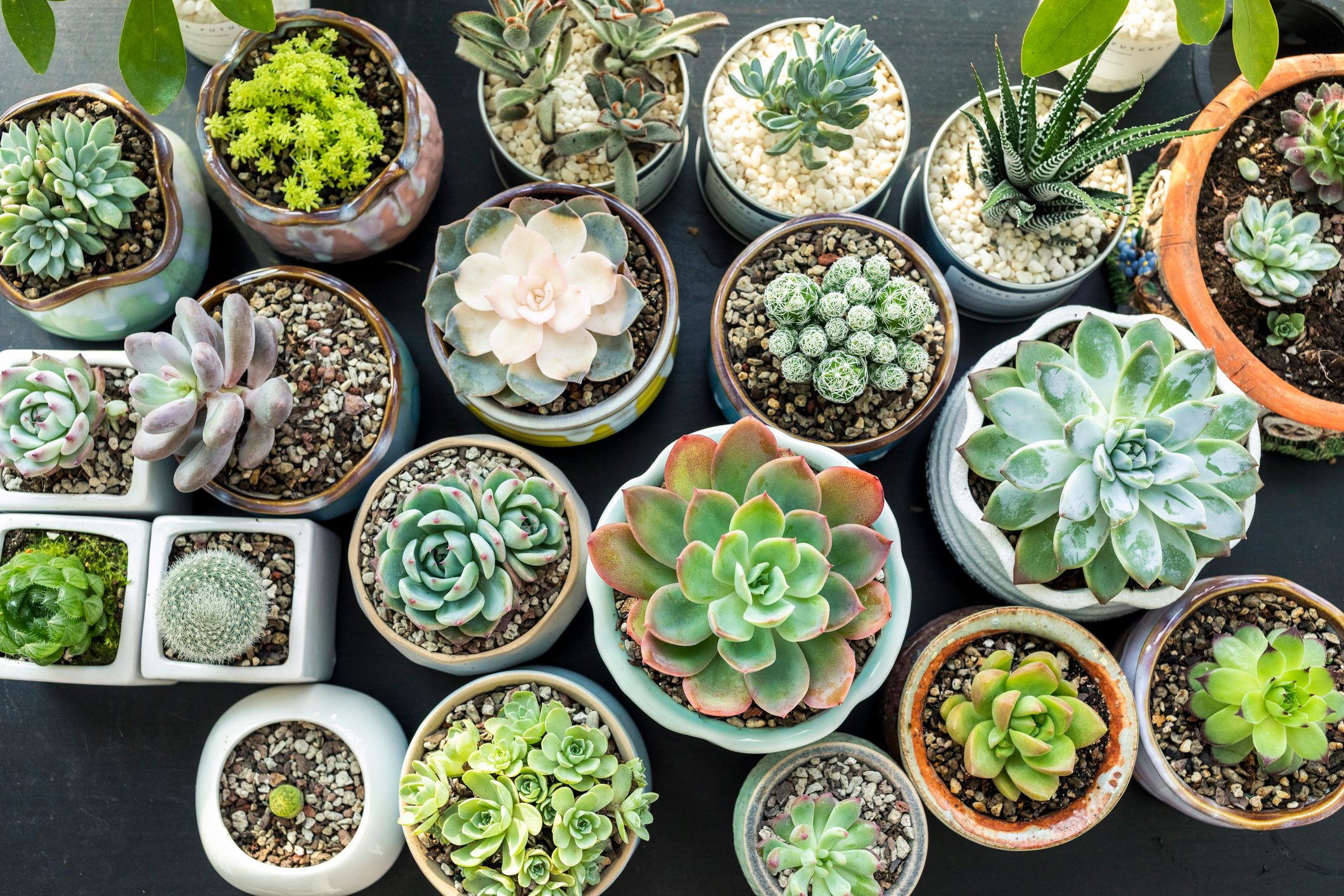
Succulents
Not only are succulents popular in home décor, they’re easy to multiply through a process called leaf-cutting.
“To propagate a leaf-cutting, remove a single leaf from the mother plant, keeping a small portion of stem attached (about 1/2- to 3/4-in.),” Turner says. “Dip the cut base of the leaf in a powdered rooting hormone and put it just under the surface of moistened potting soil.
“Mist with water every few days to keep soil from drying out, but be careful not to oversaturate. As the new plant grows, the parent leaf will decompose on its own.”
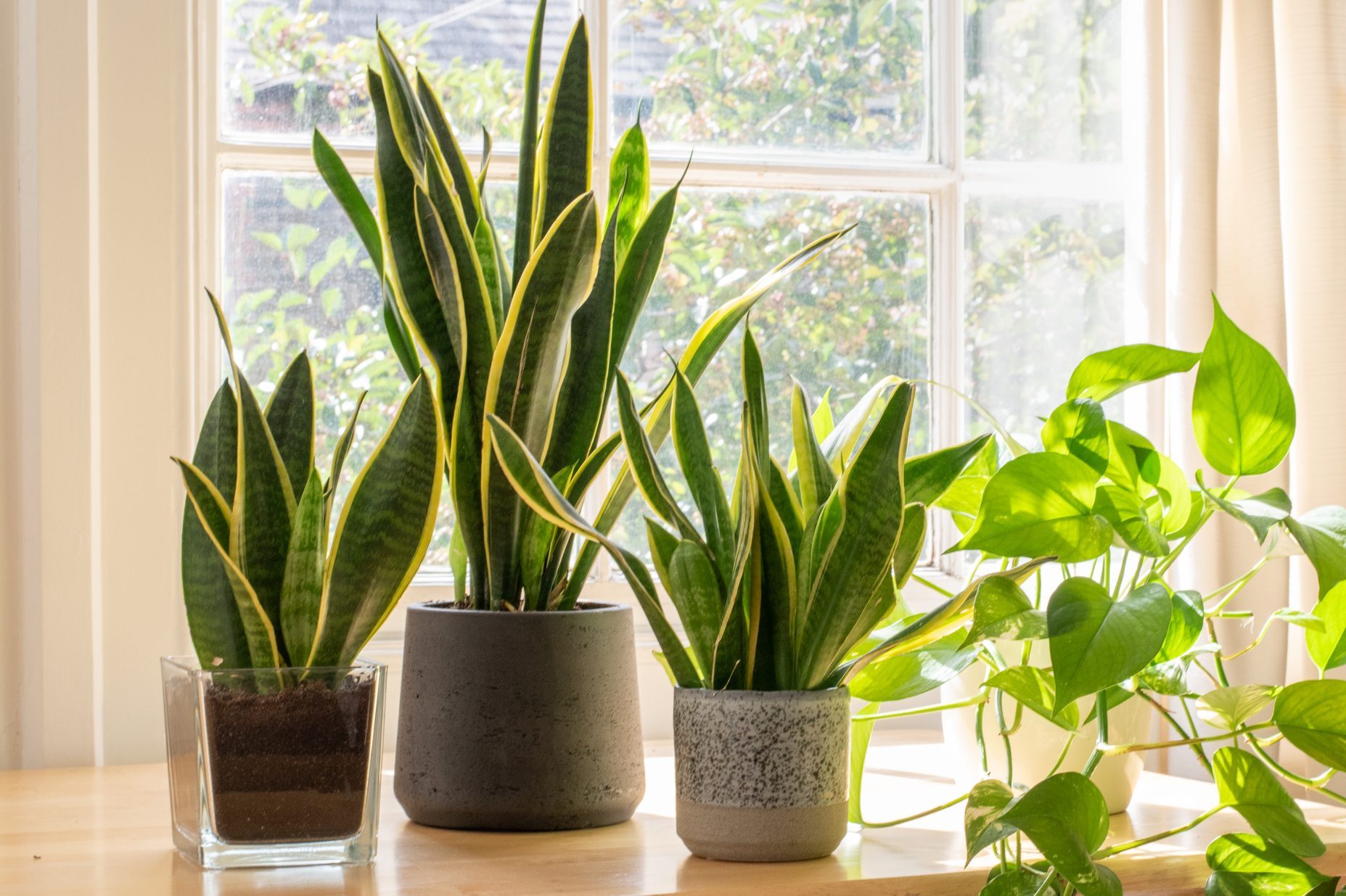
Snake Plant
Leaf-cutting can also be used to propagate flowering snake plants, native to West Africa. Use the same process as succulents. However, be mindful of plant placement and how the cutting looks overall.
“Be careful not to place the cutting upside down, or the plant will rot,” Shipman says. “If you notice a cutting is rotting, remove it and clean the containers so the rot does not spread.”
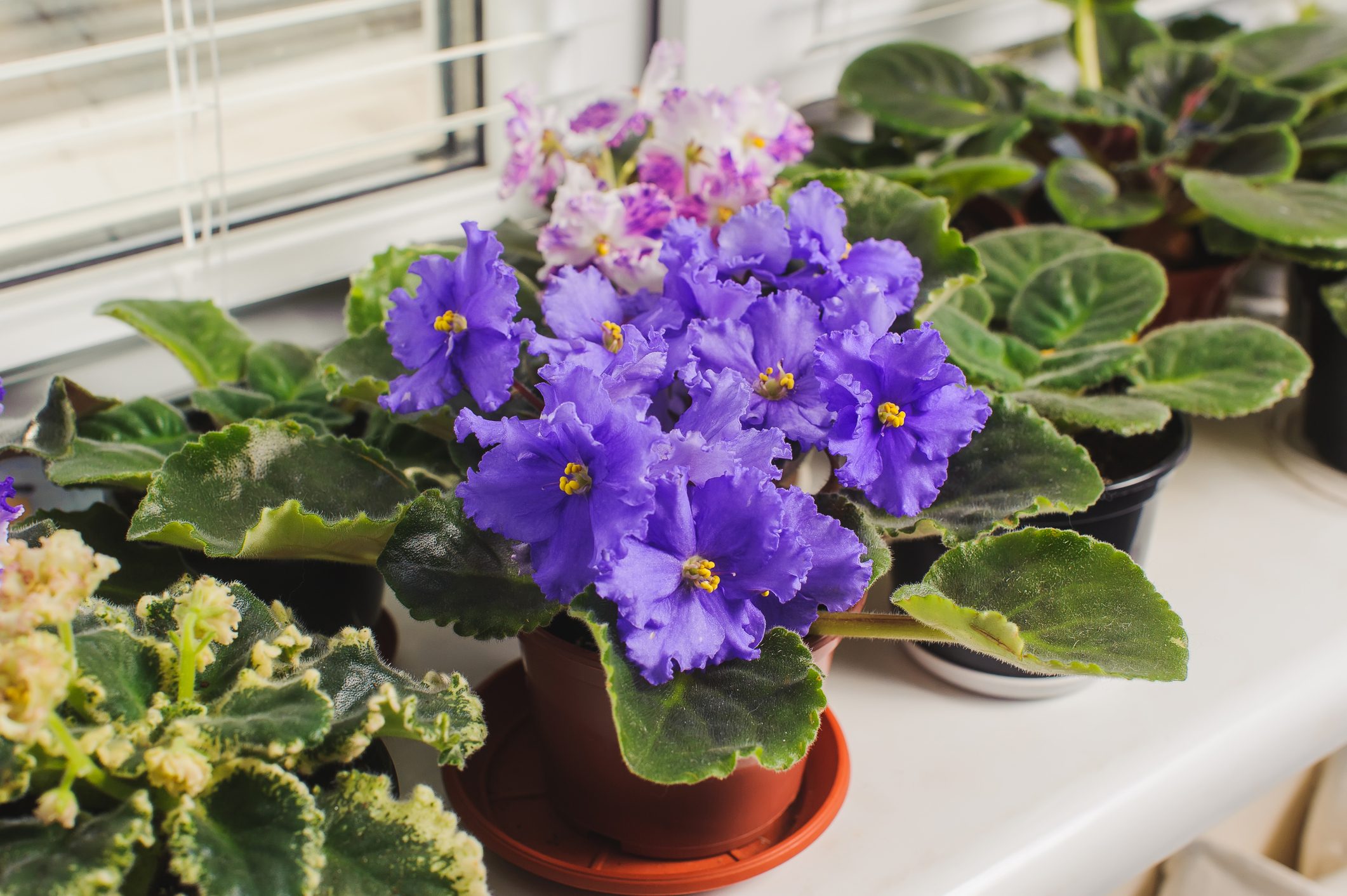
African Violets
Another plant that benefits well from leaf-cutting is the African violet, a small houseplant that produces clusters of white, blue, pink or purple flowers on top of fuzzy leaves. To propagate, follow the leaf-cutting process above.
“For African violets,” Turner says, “a leaf with about a half-inch section of the petiole (the stalk that joins a leaf to a stem) is stuck into the [potting] media at a shallow angle so that the petiole is just covered.”
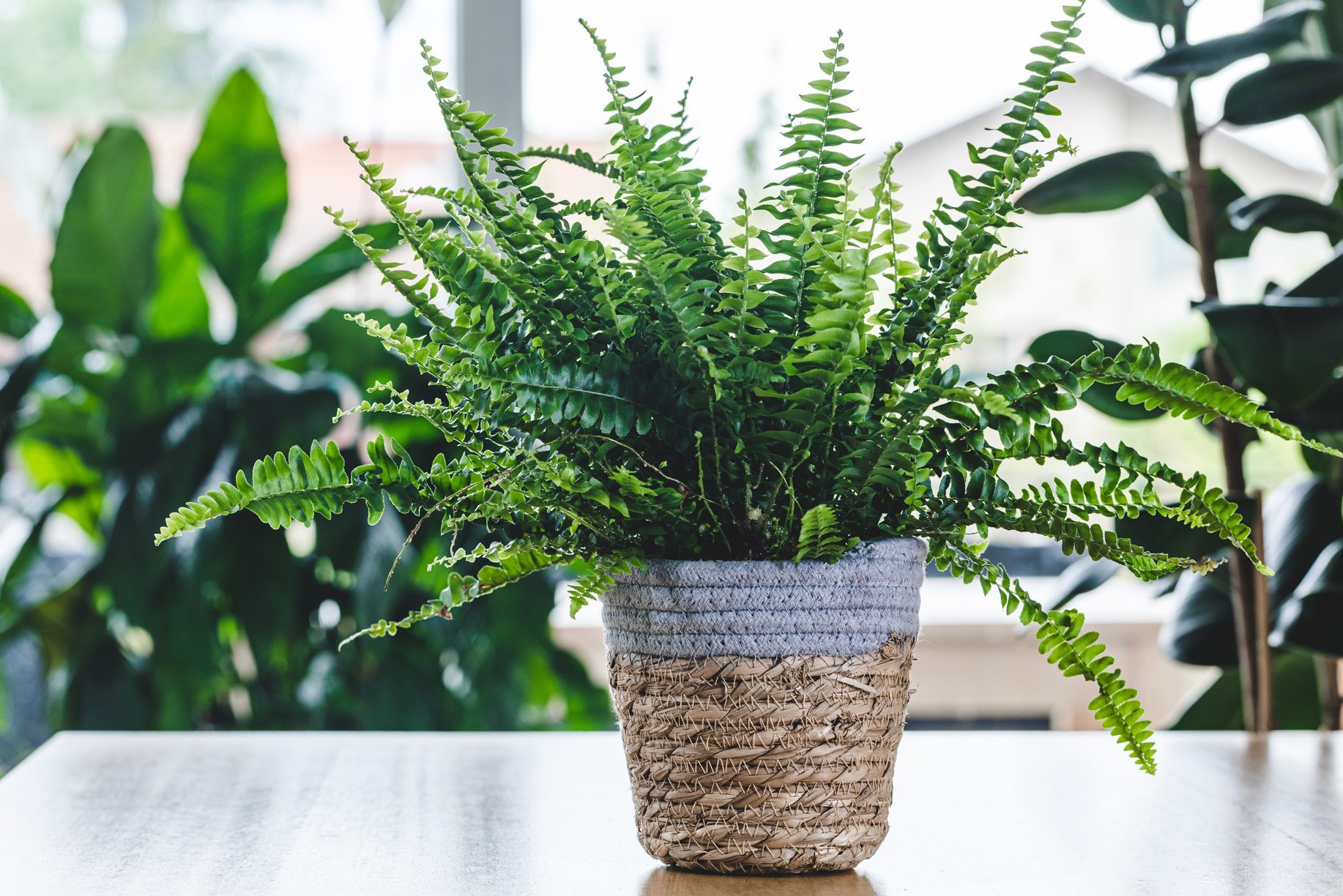
Ferns
A fourth method of plant propagation is called dividing. It can be messier than other propagation techniques but still relatively easy. It works especially well for ferns.
“Start by removing the plant from the container and shaking off excess soil,” Shipman says. “Gently pry apart sections of the plant, making sure that each section still has a decent amount of roots. Once divided, plant each section in moist potting soil, pat down firmly to secure, and water thoroughly.”
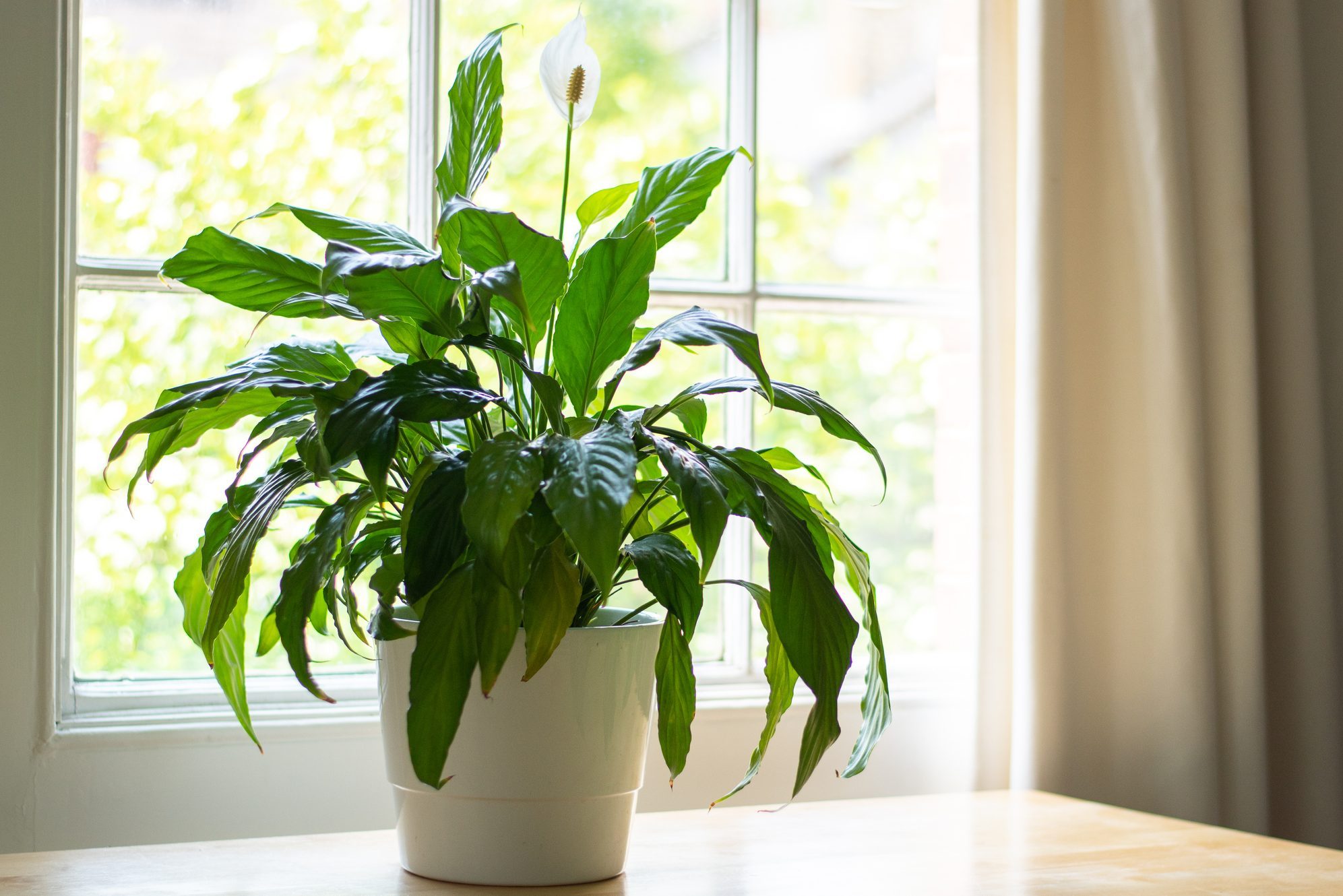
Peace Lily
Peace lily, an extremely common house and office plant, is a second great option for dividing. To propagate, follow the same method as ferns.
“If the stems are very close together and do not come apart with ease, you can use a dividing knife to cut the sections apart,” Shipman says. “You will want to keep the plants well-watered for the first few weeks, but after that the plant should be able to follow its normal watering pattern.”

